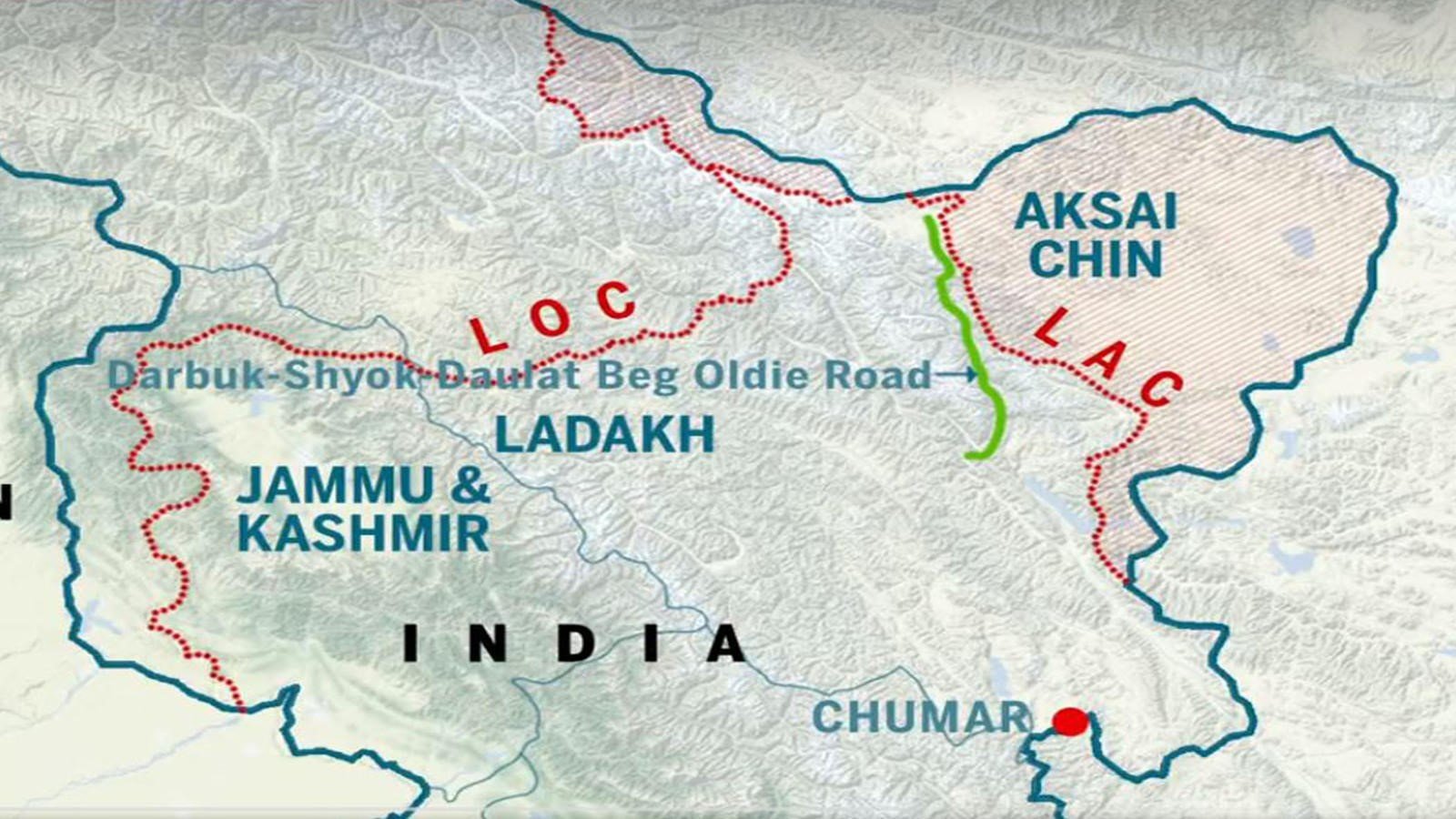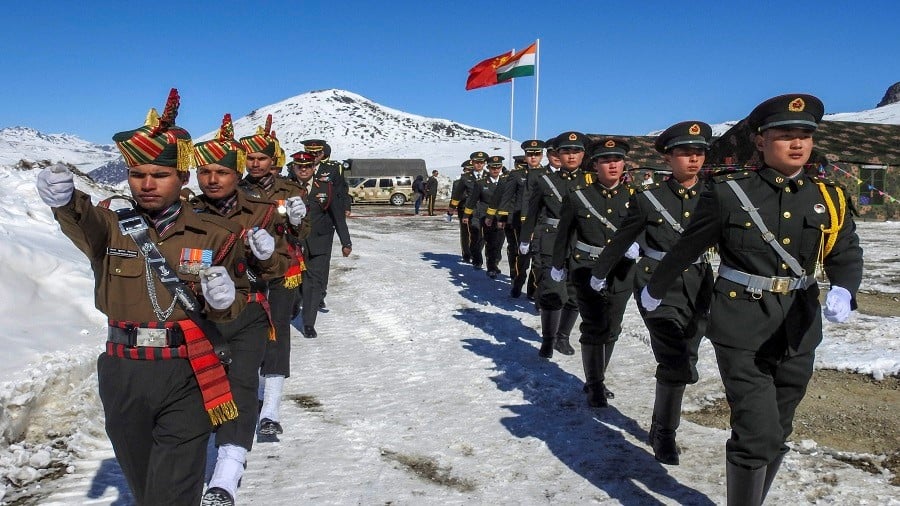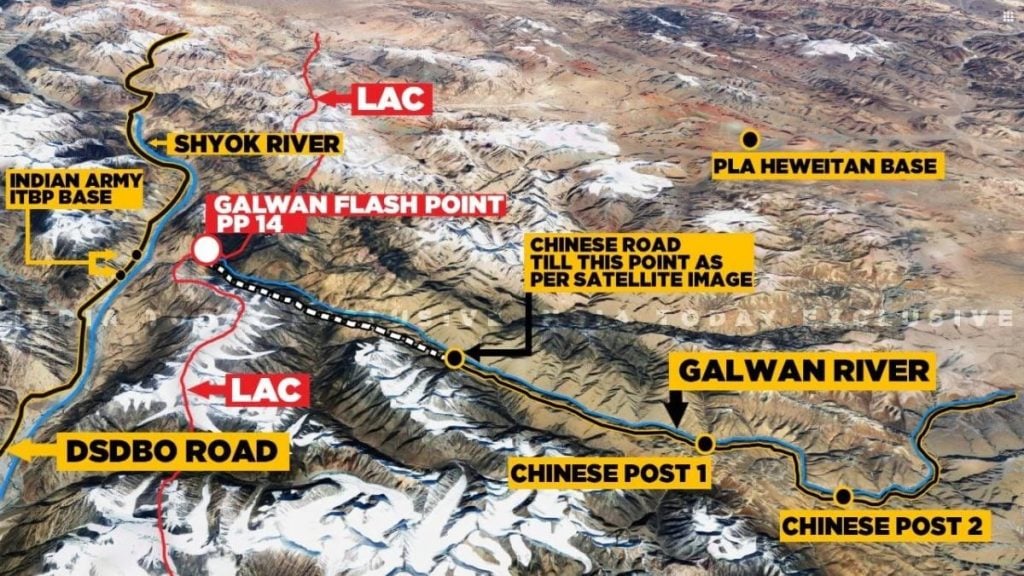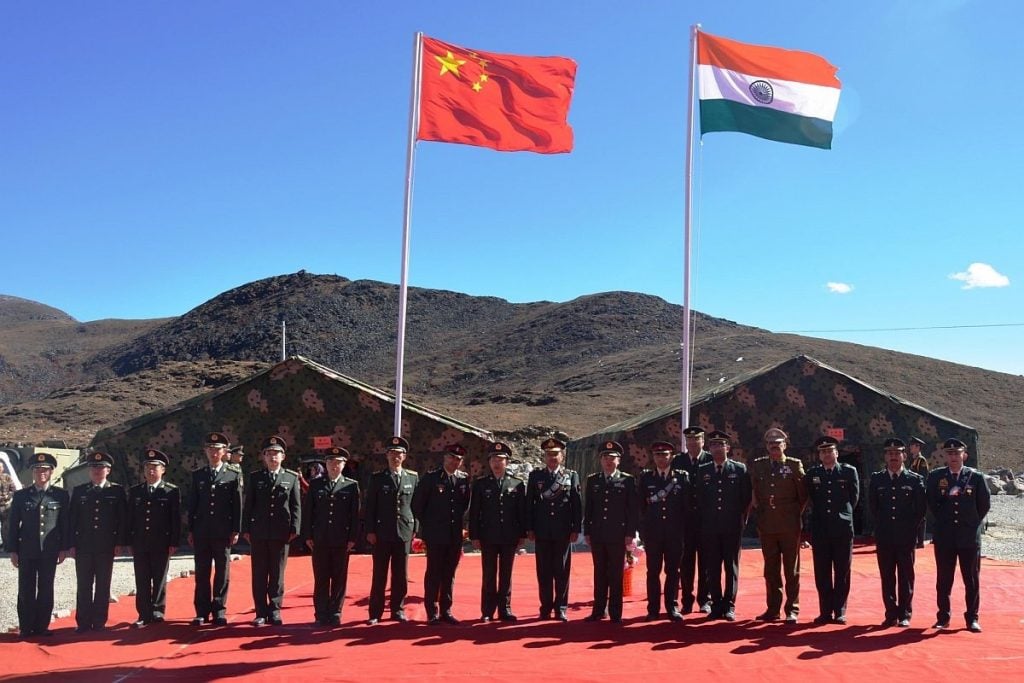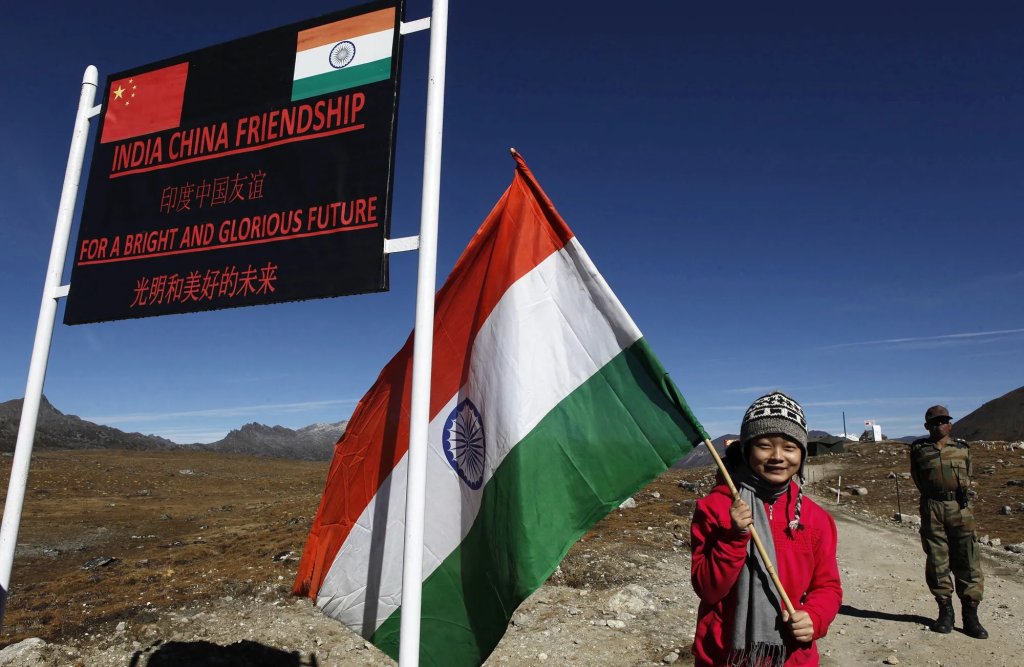The Line of Actual Control (LAC) is a contentious and strategically crucial border between India and China, with a long and complex history. This invisible demarcation line separates the territories controlled by the two Asian giants, leading to ongoing disputes and military confrontations that have shaped the geopolitical landscape of the region.
As a trusted guide for defence aspirants, it is essential to have a comprehensive understanding of the LAC, its historical significance, the key disputed areas, and the efforts made to maintain peace along this volatile border.
Also Read | Top 25 SRT Questions Asked in SSB Interviews
Defining the Line of Actual Control (LAC)
The LAC is a de facto border between India and China, unlike the internationally recognized boundaries that typically separate nations. This temporary line of control is the result of historical disputes and ongoing tensions between the two countries. The LAC extends for approximately 3,488 kilometers, running from the western region of Ladakh to the eastern state of Arunachal Pradesh, passing through various geographical terrains, including mountain ranges and valleys.
The Three Sectors of the LAC
The LAC is divided into three distinct sectors, each with its own unique challenges and areas of contention:
- Western Sector: This sector encompasses the border region of Ladakh, where the Aksai Chin area, controlled by China, is claimed by India as part of its territory.
- Middle Sector: The middle sector comprises the border regions of Uttarakhand and Himachal Pradesh, which have witnessed fewer confrontations and disputes compared to the other sectors.
- Eastern Sector: The eastern sector involves the state of Arunachal Pradesh, which is claimed by China as part of “Southern Tibet.” This region has seen frequent clashes between Indian and Chinese forces.
Historical Background of the LAC
The origins of the LAC can be traced back to the Sino-Indian War of 1962, a pivotal event that marked the first major confrontation between the two nations over the disputed regions of Ladakh and Arunachal Pradesh. Prior to the war, the boundary between India and China was not clearly defined, leading to territorial claims and skirmishes.
Key Historical Events
- Sino-Indian War of 1962: The conflict ended with China declaring a unilateral ceasefire and withdrawing its troops to the north of the LAC, further solidifying the line as a contentious border between the two countries.
- 1993 and 1996 Agreements: Both India and China signed agreements aimed at maintaining peace and tranquility along the LAC, laying the groundwork for peaceful border management, but failing to resolve the underlying territorial disputes.
- Doklam Standoff (2017): This significant military standoff in the Doklam region, while not directly involving the LAC, showcased the fragility of border relations between the two nations.
- Galwan Valley Clash (2020): One of the deadliest skirmishes since 1967, the Galwan Valley clash between Indian and Chinese troops brought renewed attention to the LAC and the need for de-escalation.
The Significance of the Line of Actual Control (LAC)
The LAC holds immense geopolitical significance for both India and China, as it represents the unresolved border disputes between the two nuclear-armed neighbors and reflects their broader strategic competition in the region.
Strategic Importance
The LAC runs through territories that are of great strategic importance due to their proximity to trade routes and critical infrastructure, such as highways and pipelines, making it a focal point of regional power dynamics.
Military Tensions
Regular military patrols, confrontations, and standoffs along the LAC are common, leading to heightened tensions and requiring diplomatic intervention to prevent escalation.
Diplomatic Relations
The situation along the LAC directly impacts the diplomatic relations between India and China. While both countries have engaged in negotiations and dialogues, the border remains a point of friction in their bilateral relations.
Also Read | The Aircraft Used by Indian Air Force to Train its Pilots
Key Disputed Areas Along the LAC
The disputes along the Line of Actual Control revolve around different interpretations of where the actual boundary lies, with India and China having conflicting perceptions of the alignment of the LAC.
Aksai Chin (Western Sector)
This high-altitude desert area, controlled by China but claimed by India, is a major point of contention. It is strategically important for China as it connects Tibet to Xinjiang.
Arunachal Pradesh (Eastern Sector)
China claims this Indian state as part of Southern Tibet, leading to tensions in the region. Despite being under Indian control, China refuses to recognize Arunachal Pradesh as part of India.
Demchok and Depsang Plains (Western Sector)
These areas in Ladakh have witnessed frequent incursions by Chinese troops, further complicating the situation and contributing to the ongoing disputes.
Steps Taken to Maintain Peace Along the LAC
While military standoffs and confrontations have occurred frequently, both India and China have also taken steps to de-escalate tensions and maintain peace along the LAC.
Confidence-Building Measures
- Flag Meetings: Military commanders from both sides meet regularly to resolve any misunderstandings and avoid the escalation of tensions.
- Border Personnel Meetings (BPMs): These are held at designated points to discuss incidents along the LAC and ensure that peace is maintained.
- Buffer Zones: After certain standoffs, buffer zones have been created where neither side conducts military patrols, reducing the chances of direct confrontation.
- Hotline Communications: Both sides have established communication channels between local military commanders to quickly address issues that may arise.
The Future of the Line of Actual Control (LAC)
The future of the LAC remains uncertain due to the deep-rooted mistrust and conflicting territorial claims between India and China. The continuing military build-up on both sides, coupled with frequent confrontations, poses a challenge to long-term peace.
Diplomatic Efforts and Regional Stability
The resolution of the LAC dispute will depend on a combination of sustained diplomatic efforts, regional stability, and mutual trust between India and China. Until then, the LAC will continue to be a critical focal point in Indo-China relations.
The Importance of Understanding the LAC
By understanding the history, significance, and challenges of the LAC, defense aspirants can better appreciate the complexities of Indo-China relations and the efforts required to maintain peace in this volatile region. This knowledge can be invaluable in preparing for defense exams and shaping a deeper understanding of the geopolitical landscape.
Also Read | 4 Smart Strategies for Non-Maths Students to Clear NDA Exam
Conclusion
The Line of Actual Control (LAC) represents not just a physical border, but a symbol of the complex and evolving relationship between India and China. While both nations have taken measures to manage the border and avoid conflict, the disputes over the LAC remain a significant challenge in their bilateral relations. As a trusted guide for defense aspirants, it is crucial to have a comprehensive understanding of the LAC and its role in shaping the geopolitical landscape of the region.
FAQs
1. What is meant by Line of Actual Control?
The Line of Actual Control (LAC) serves as the dividing line between the disputed areas of India and China. It acts as the de facto border between the two nations and has been the focal point of various border disputes and incidents.
2. What is the meaning of LOC and LAC?
Border conflicts have significantly contributed to the outbreak of wars. Two of the most well-known borders in this context are the LOC and LAC. The LOC, or Line of Control, and the LAC, or Line of Actual Control, are often at the center of such tensions.
3. What is the other name of LAC line?
The Line of Actual Control (LAC) serves as the de facto boundary between India and China. It stretches 4,057 kilometers and passes through three regions in northern Indian states: the western sector (Ladakh and Kashmir), the middle sector (Uttarakhand and Himachal Pradesh), and the eastern sector (Sikkim and Arunachal Pradesh).
4. How long is the Line of Actual Control?
The Line of Actual Control (LAC) spans about 3,488 kilometers (2,167 miles), extending through the Himalayan region.
5. Why is the LAC significant?
The LAC is important as it marks contested regions between India and China, frequently resulting in military standoffs and escalating geopolitical tensions.
